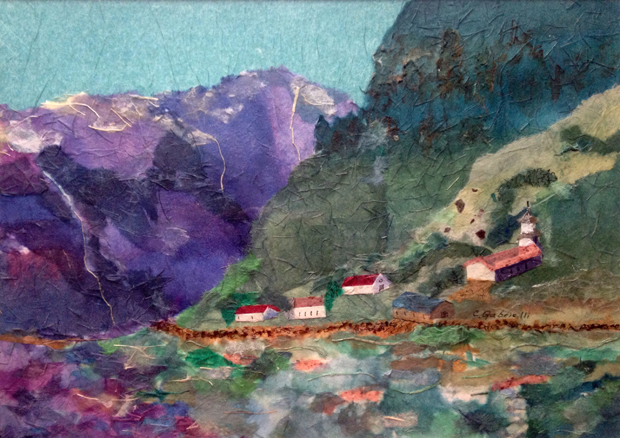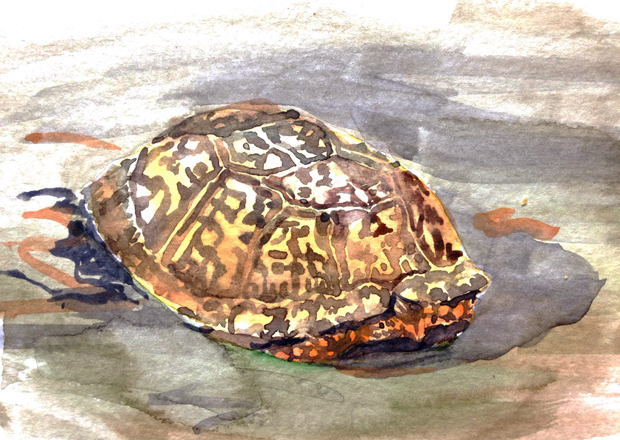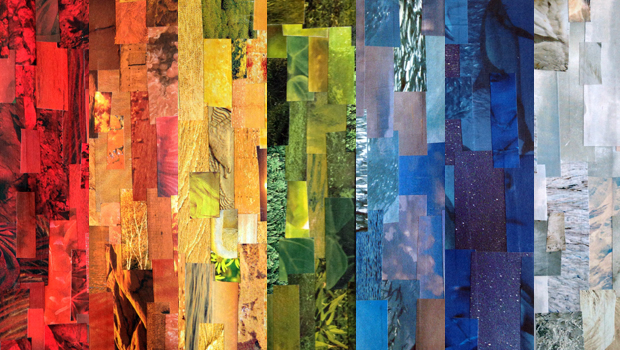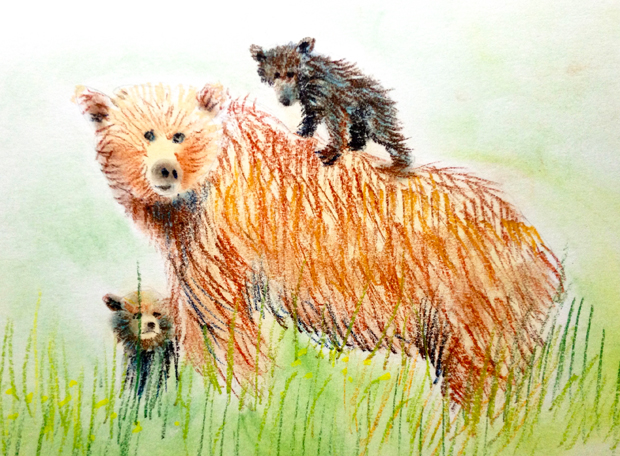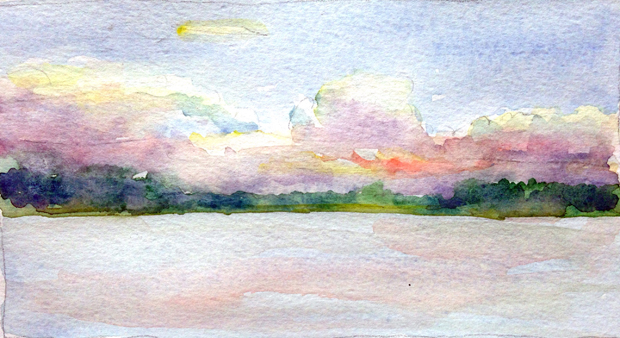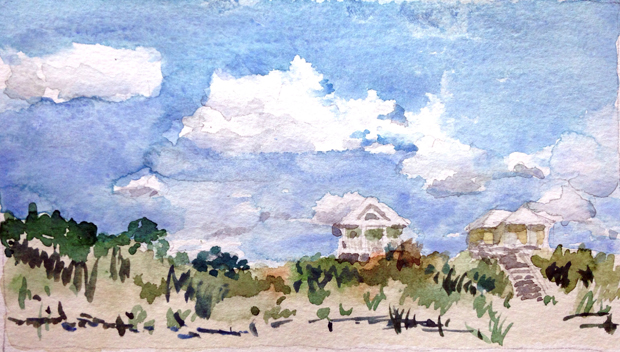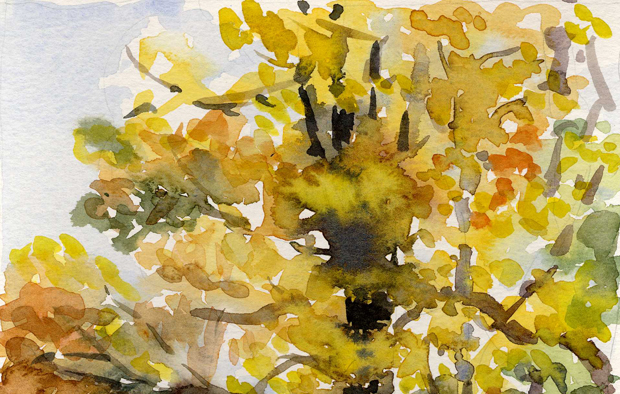I self-medicate by making art. When I mentioned this recently to an artist friend, she responded that making art stresses her out. Her work isn’t up to her standards. And isn’t that the game we are all playing? My Muse inspires me, drives me to create. I try my best with the materials and skills at hand to give material form to that inner stirring, to share that non-material vision / impression / idea. Its only chance of being seen, of touching others, is to emerge through my hands into the light of day.
And it never—and I do mean never, ever—comes out the way it shimmers in my imagination. On rare occasions, it may surprise me with being far better. Or delight me in some unexpected way. It’s like doing Improv with myself: I make a move on the paper; I catch myself off guard; I respond with “yes-and,” and make my next move. Eventually, a scene evolves. Continue reading


